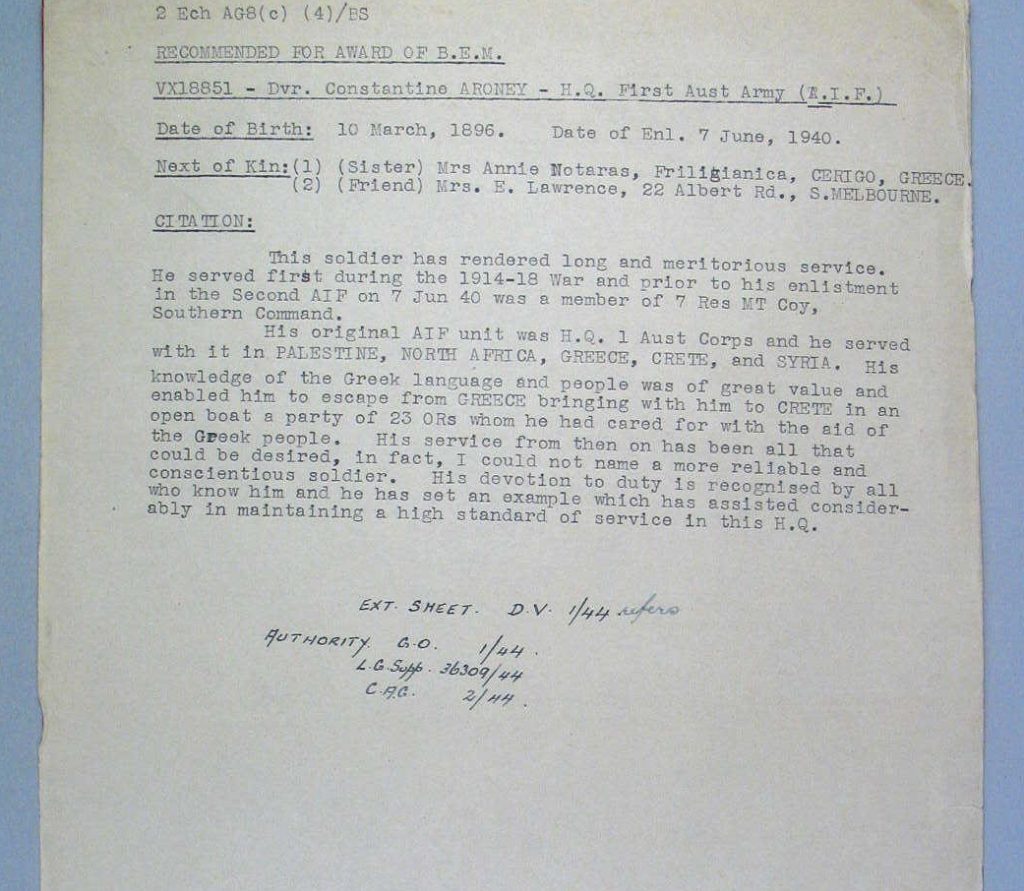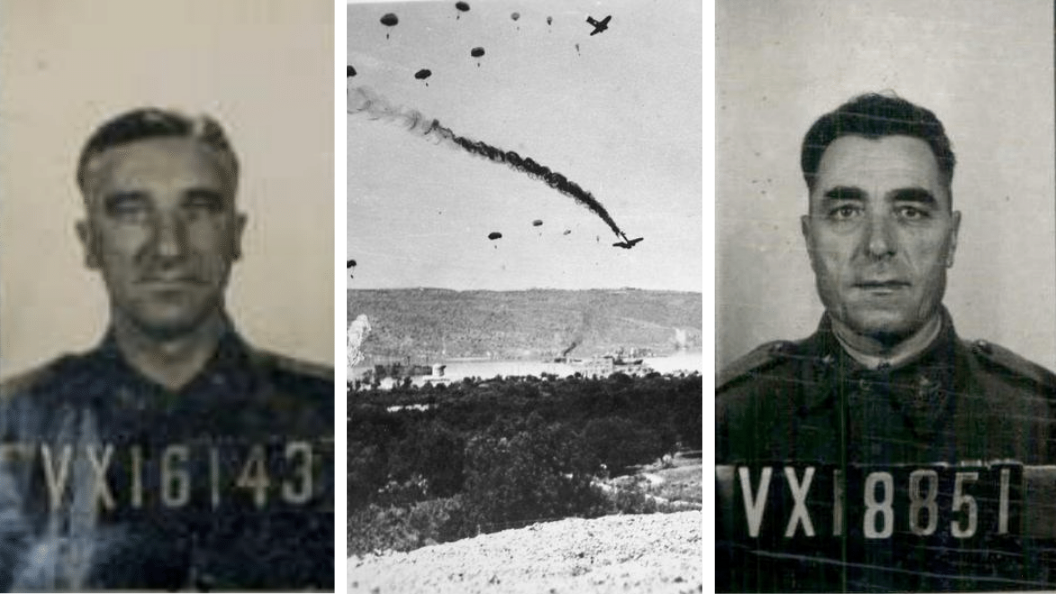While the term ‘Anzac’ has come to be defined by the Gallipoli campaign in 1915, history tells us that a second Anzac Corps was also formed a generation later to serve in the Battle of Crete and the Greek Campaign in World War II.
Over 34,000 Anzacs fought in Greece in 1941 and about half were Australian. They fought and walked nearly 1,000 kilometres of Greece’s mountainous terrain and engaged in the Battles of Vevi, Tempe and Thermopylae/ Brallos.
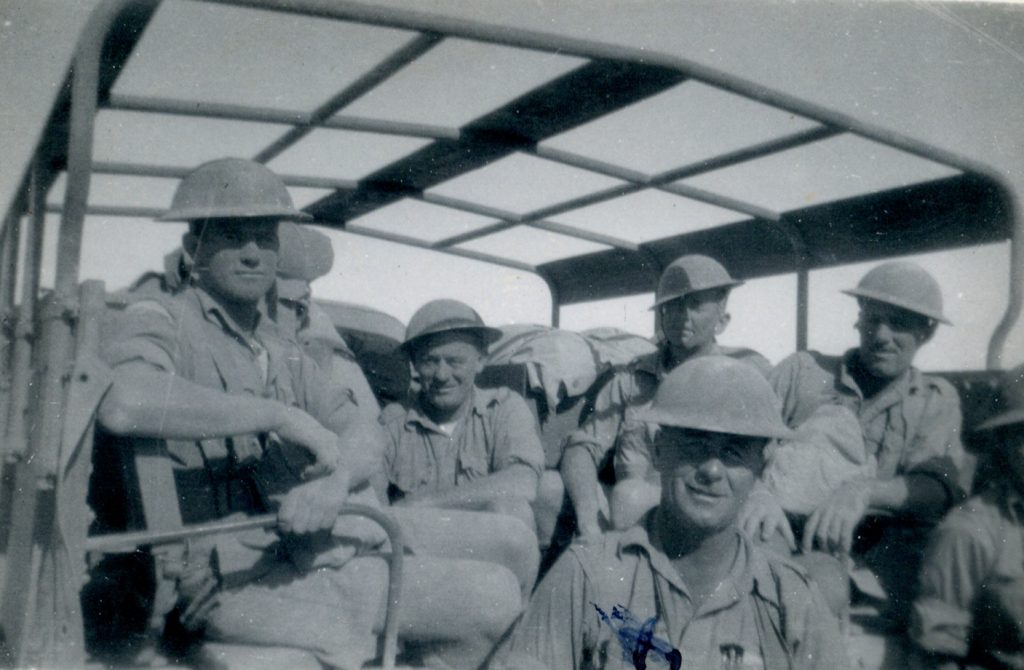
The brutal endgame took place on Crete on May 20, 1941 in a 12-day battle that ended in defeat and evacuation.
Of the 17,000 Australian soldiers, airmen and sailors that served in Greece, 1,001 were wounded, 5,174 taken prisoners and 646 now rest in the Commonwealth War Graves at Phaleron (Athens), Rhodes and Suda Bay, Crete.
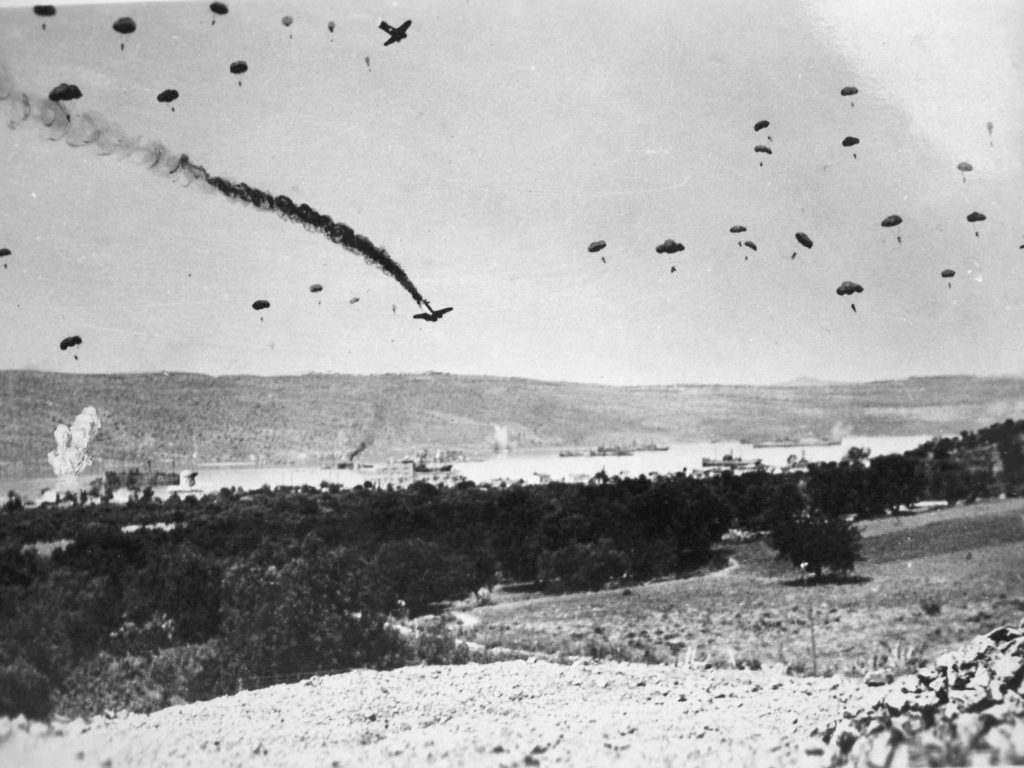
Many of their stories remain untold.
That’s why, to mark the 81st anniversary of the Battle of Crete and the Greek Campaign on May 20 this year, The Greek Herald has decided to showcase the bravery of two of these ‘forgotten Anzacs.’
Anzac Reginald Tresise:
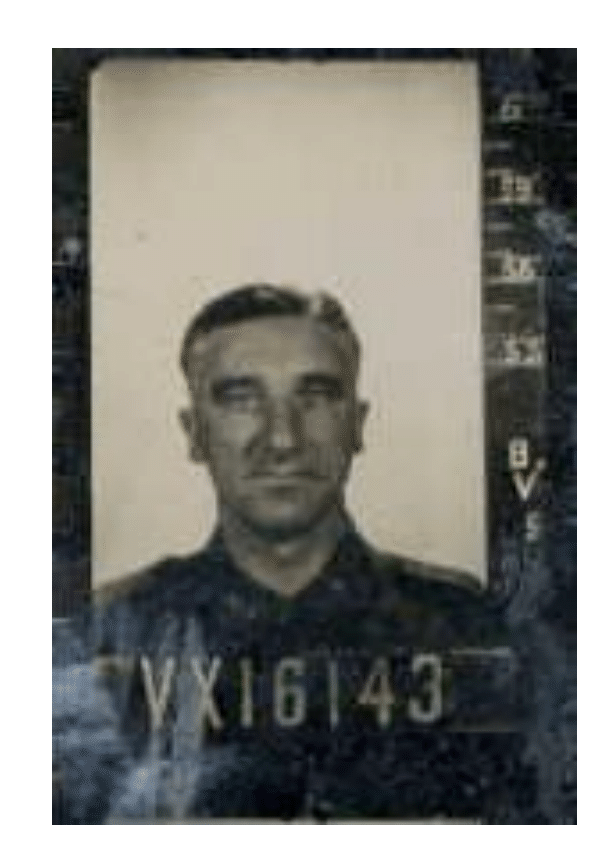
In Dr Maria Hill’s book, Diggers and Greeks, it is described how after withdrawing from Florina in northern Greece and sheltering in a schoolroom in the town of Kozani, Reginald Tresise noticed a Greek flag amongst the rubble of the bombed classroom.
Tresise rescued the flag and many years later, wrote a moving letter to the Mayor of Kozani about why “as an Australian soldier who has faith in Greece as a staunch ally of Western Democracies and especially of our British Commonwealth,” he wanted to return the flag.
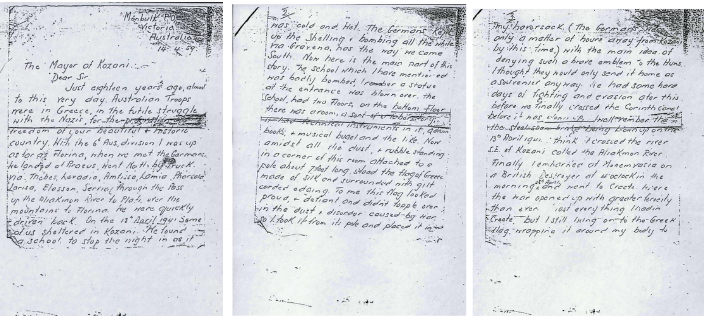
For Tresise, the flag became his talisman during the war and a symbol of a homeland that gave a tough fight against the Nazis. He firmly believed it brought him luck and kept him alive.
“I lost everything I had in Crete but I still hung on to the Greek flag, wrapping it around my body to keep warm. The only thing I came out of Crete with was my life and the flag,” the Anzac noted in his letter to the Mayor.
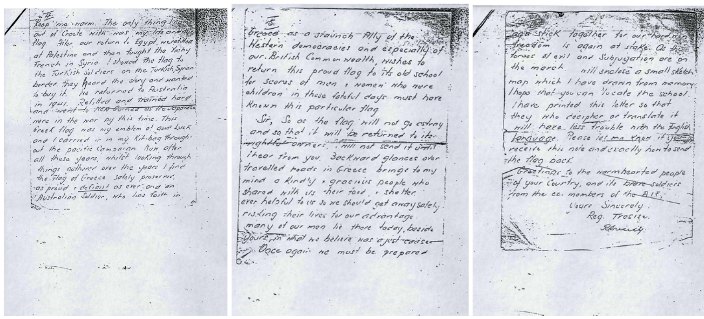
“Now, after all these years whilst looking through things gathered over the years, I find the flag of Greece safely preserved as proud and defiant as ever.”
Greatly touched by this letter, the Mayor replied and after Tresise sent the flag back to Kozani, the Mayor held an official ceremony at the school to “restore” the flag to its rightful place.
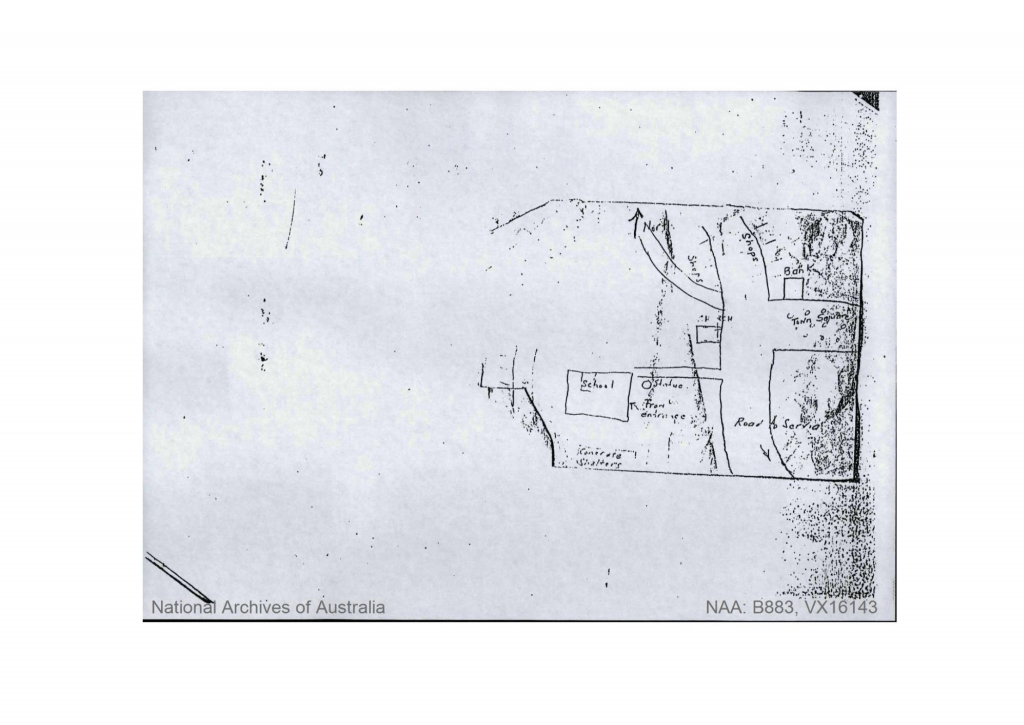
Anzac Constantine Aroney BEM:
Constantine Aroney BEM was a rare Dual Anzac.
Born in Kythera in 1893, Aroney came to Australia at the turn of the 20th century and was living in Melbourne.
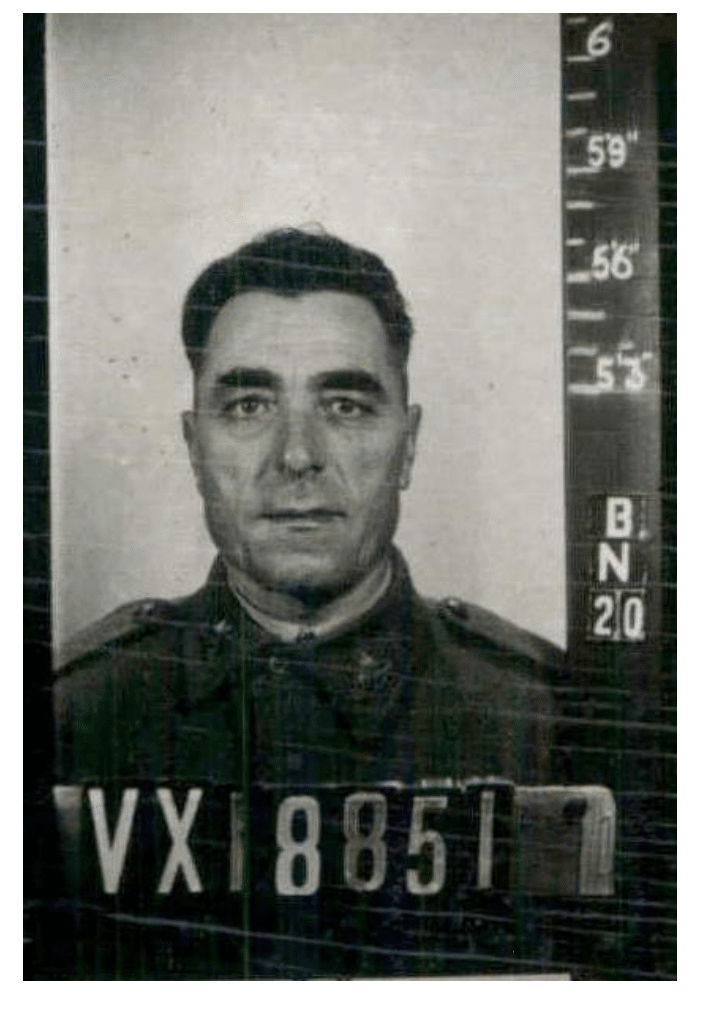
He served Australia in both World Wars, enlisting in the First Australian Infantry Force in 1915 at age 20 years and 11 months. He served as a private in the First Anzac Campaign at Gallipoli and then onto France and Belgium as part of the 24th Battalion.
In October 1939, he enlisted in the Commonwealth Military Forces and seven months later, he transferred to the 2nd Australian Imperial Forces, serving in the second Anzac Campaign in Greece and Crete, as well as Syria, Palestine and North Africa.
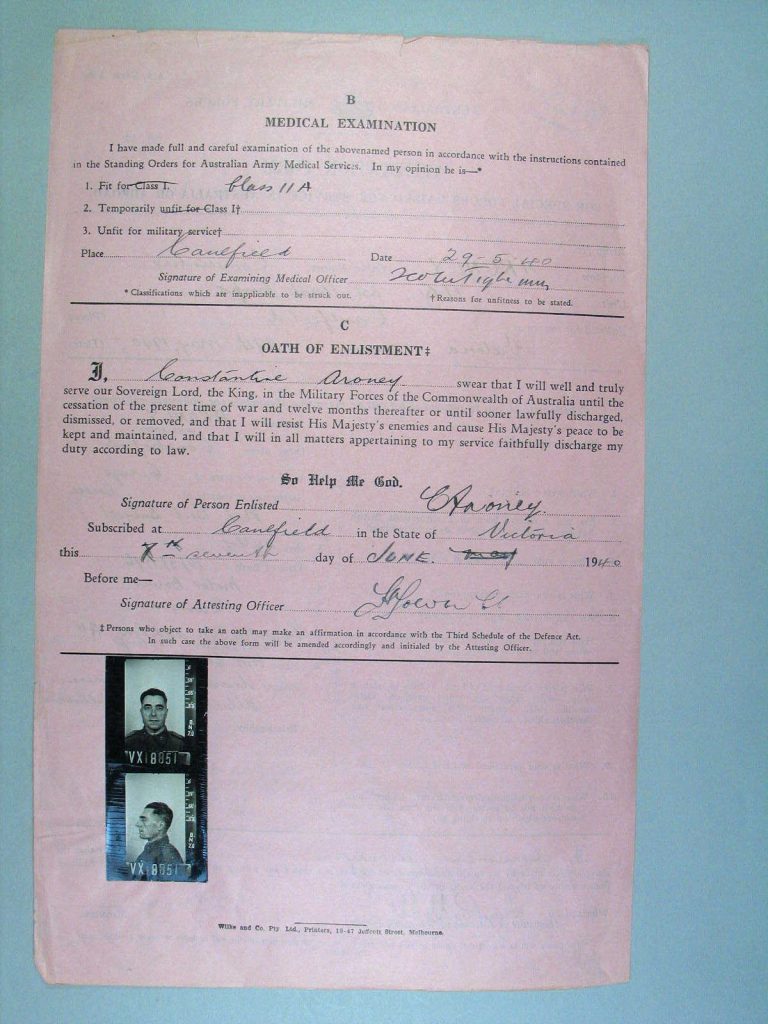
While serving in Greece, Aroney’s cultural background proved extremely valuable with his knowledge of the Greek language and customs.
Following the debacle on mainland Greece, when the Allied forces were overrun by the German army, Aroney managed to escape to Crete in an open boat, taking 23 Anzacs with him, whom he cared for with the help of Greeks on Crete – a heroic feat for which he was awarded the British Empire Medal.
*Material supplied by Nick Andriotakis.
